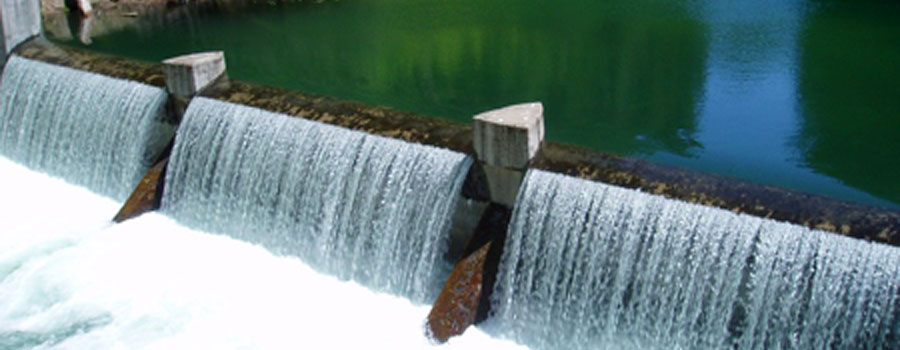Hydropower is the dominant source of renewable energy in the Pacific Northwest and worldwide.
Nearly two-thirds of Washington's renewable electricity generation comes from hydropower. Nationally, hydroelectricity accounts for 37% of total utility-scale renewable electricity generation.
Hydropower has been in use since the earliest human civilizations. Moving water contains energy that is easily harnessed by even simple technology. The amount of available energy is determined by the quantity and flow or fall of water. Swiftly flowing water in a big river, like the Columbia, carries a great deal of energy.
Hydropower operations typically involve water flowing through a pipe, or penstock, before pushing against and turning turbine blades connected to an electric generator.

In a “run-of-the-river system,” the force of the current applies pressure to spin a turbine-generator and make electricity. In a storage system, water is accumulated in reservoirs created by dams, then released as needed. The force of the water created by water pressure and gravity provides the energy to make electricity.
Advantages to hydroelectric power:
Fuel is not burned, so there is minimal pollution
Water is a natural, renewable resource
Reduced greenhouse gas emissions
Relatively low operations and maintenance costs
Technology is reliable and proven
The development of long-distance power transmission was a boon to hydropower development since most large hydropower operations are located on major bodies of water distant from the populations needing the electricity.
Learn more:
Packwood Hydroelectric Project
U.S. Energy Information Administration